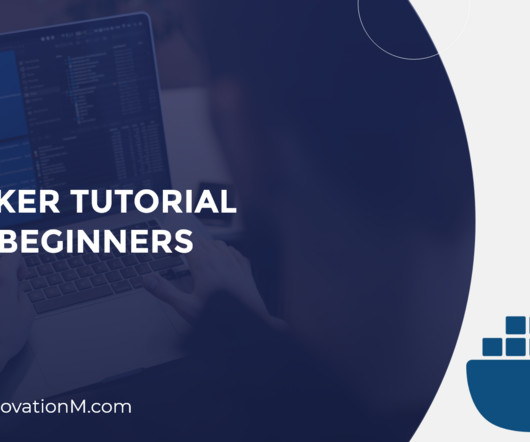What is System Software – Definition, Features, and Types
Openxcell
JUNE 25, 2021
System Software – Definition. System software is a program that is architected to execute and process hardware and application software development simultaneously. Therefore, we can say that it is an interface between hardware and application software. Operating System is an example of system software.

















Let's personalize your content